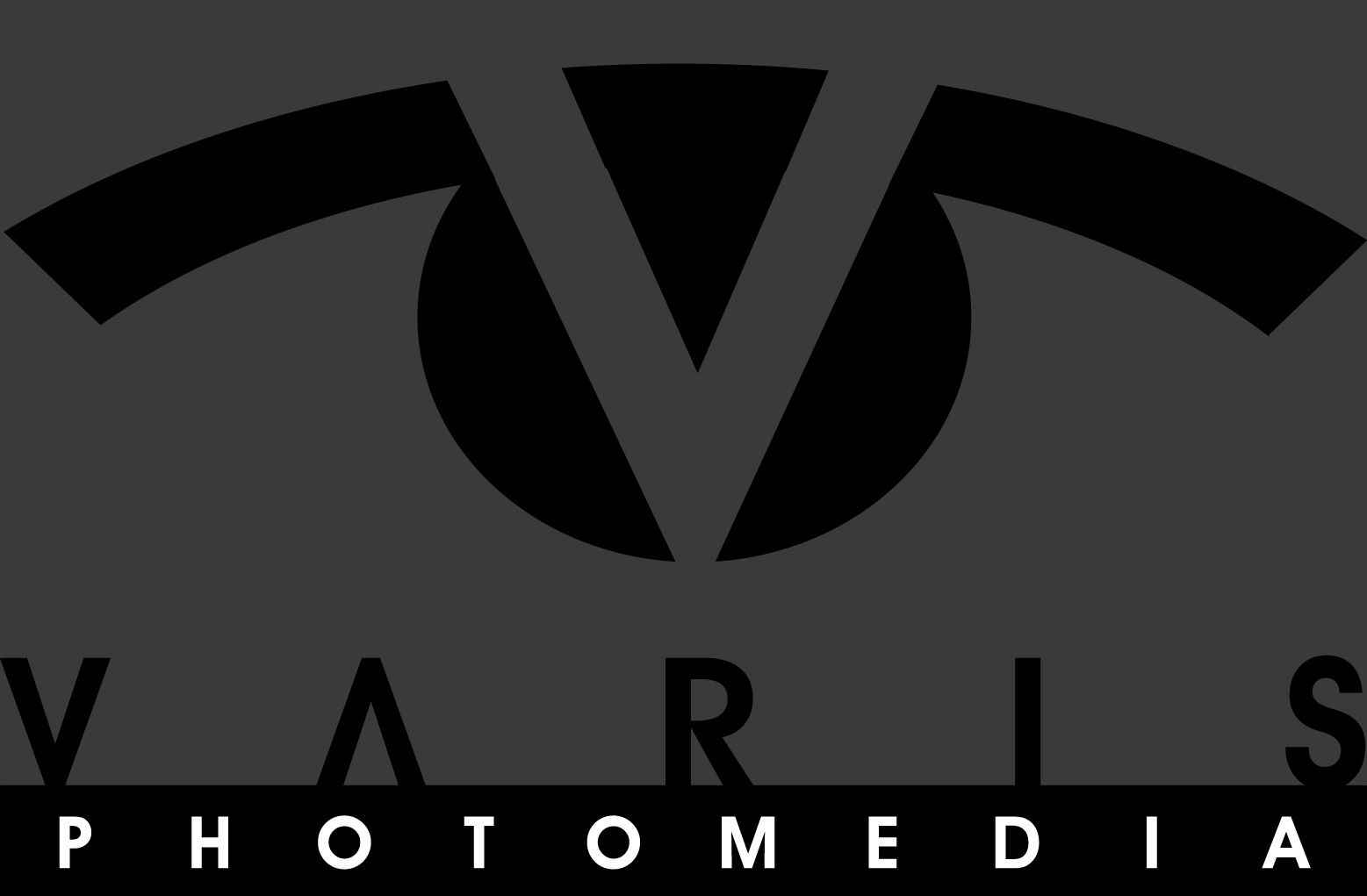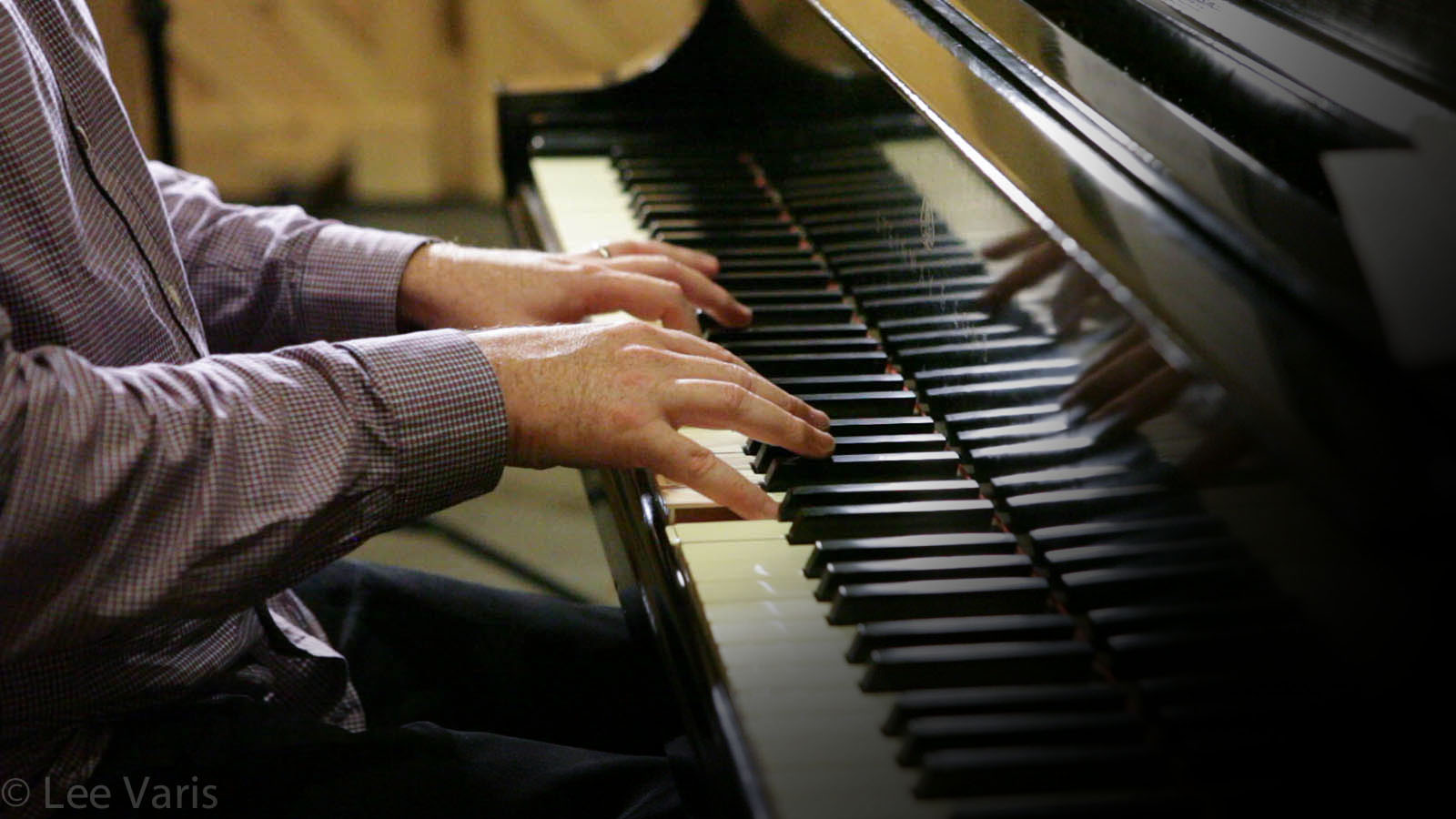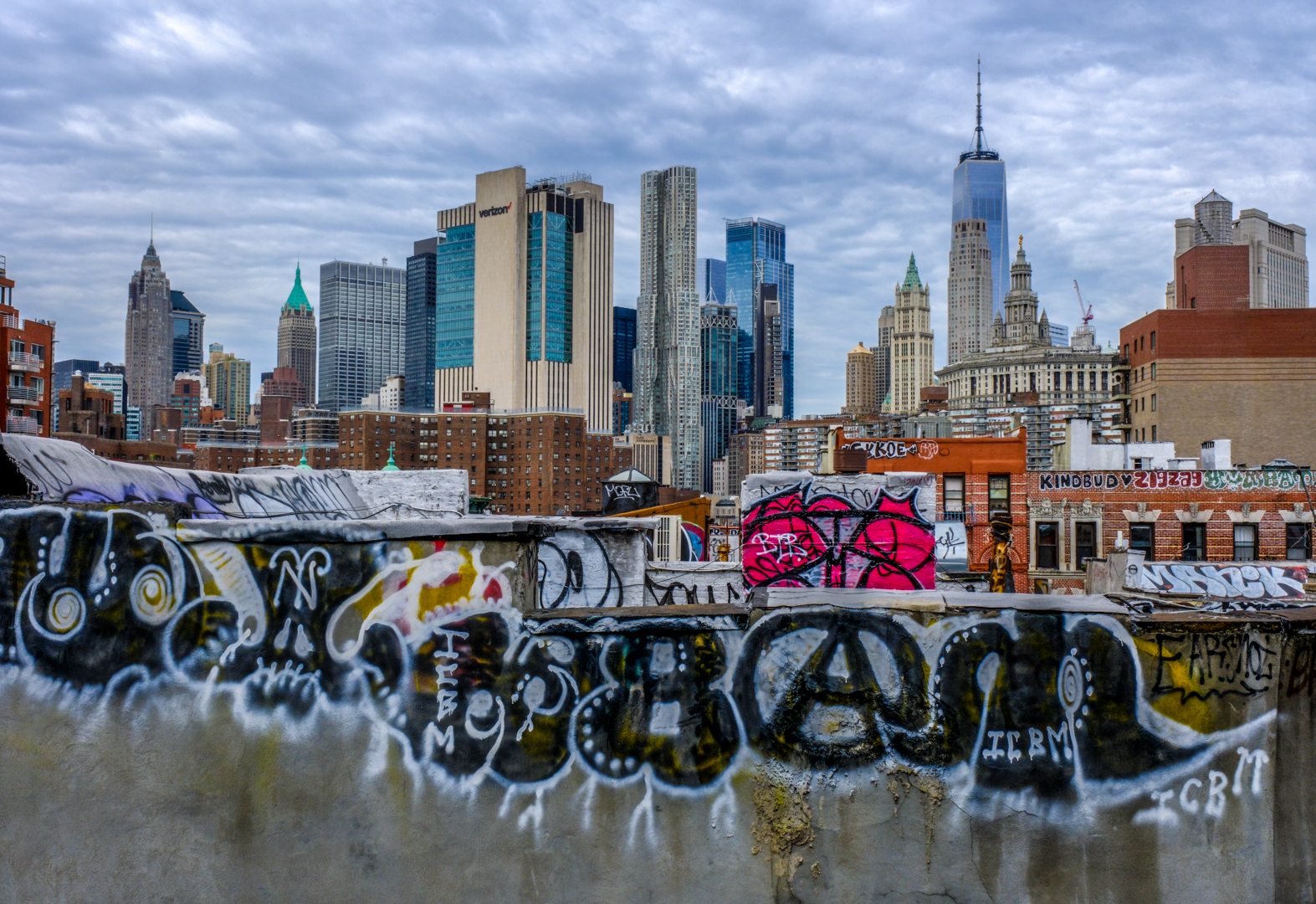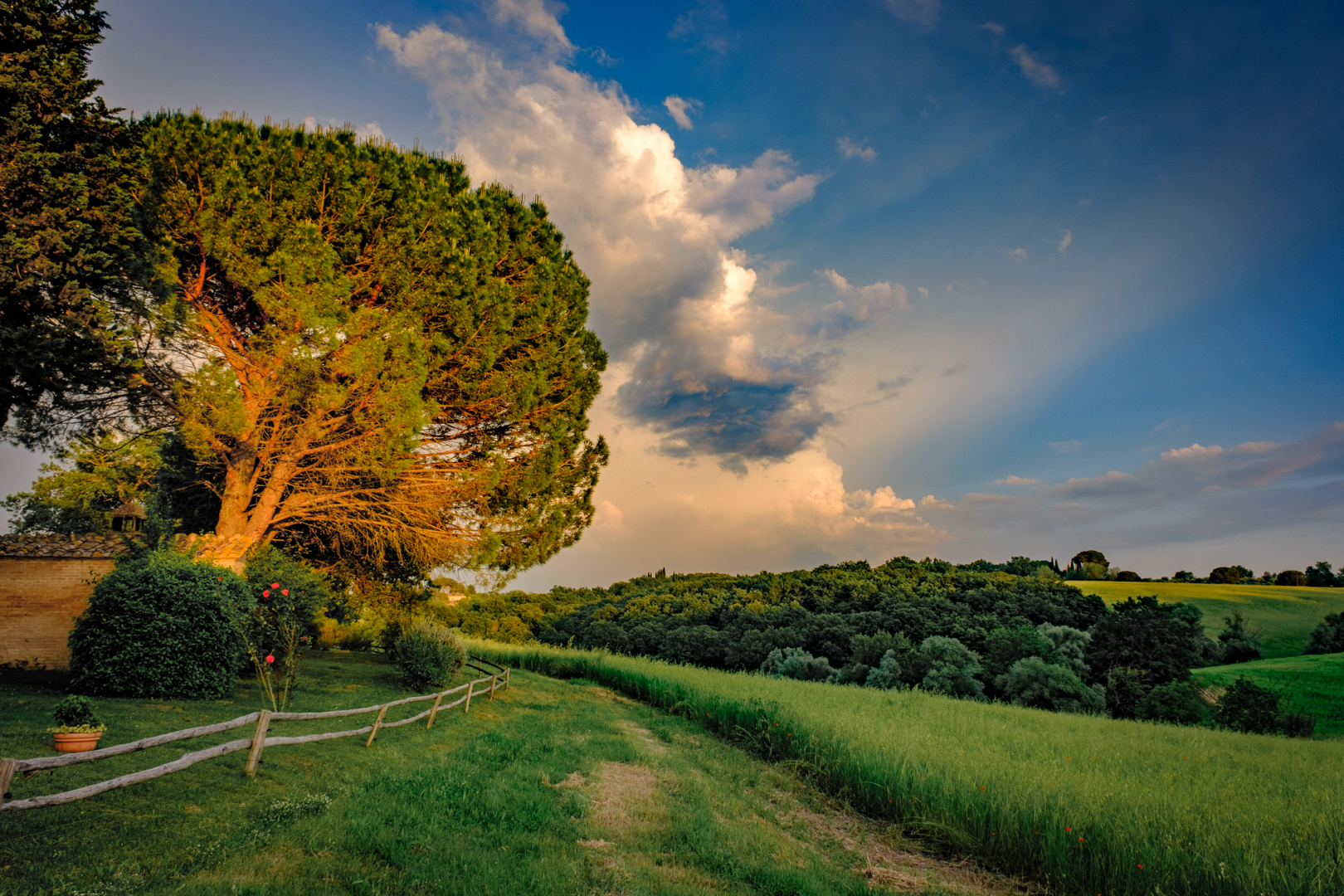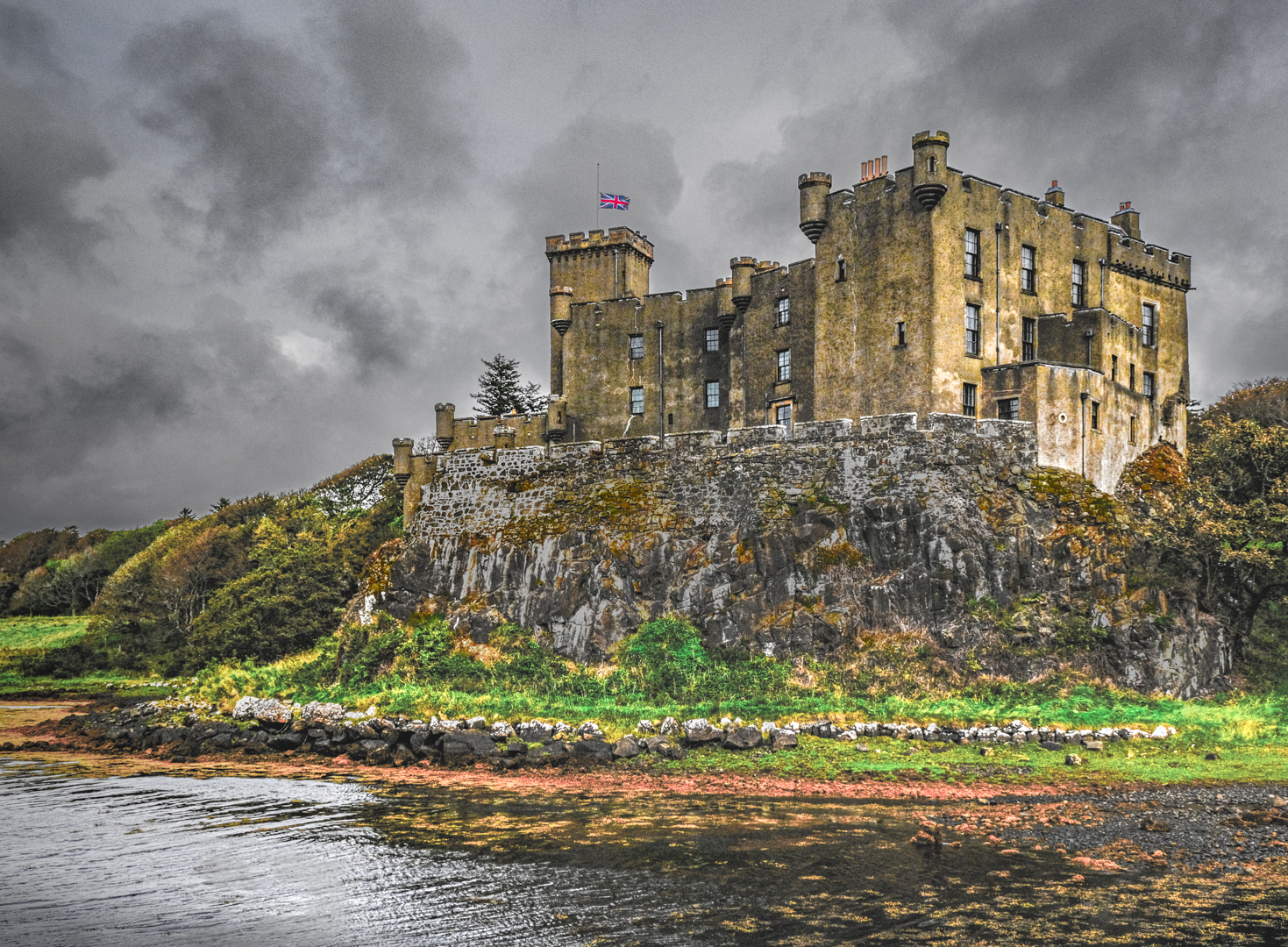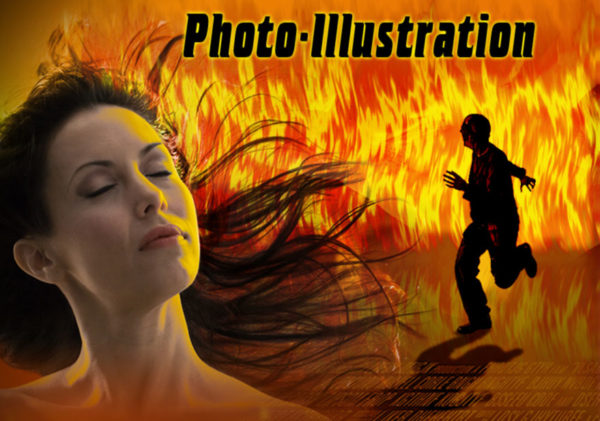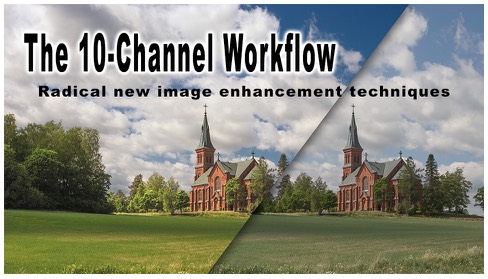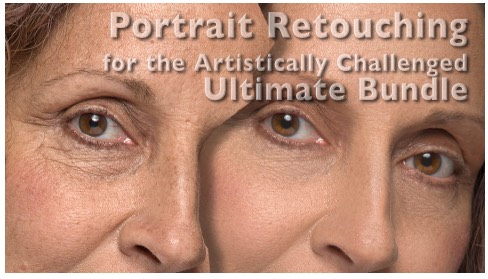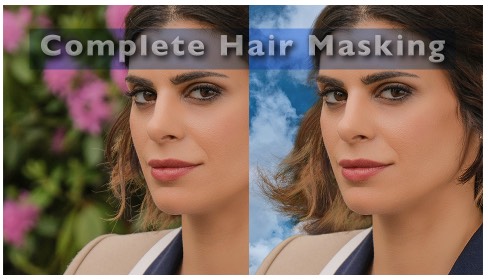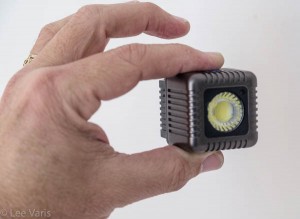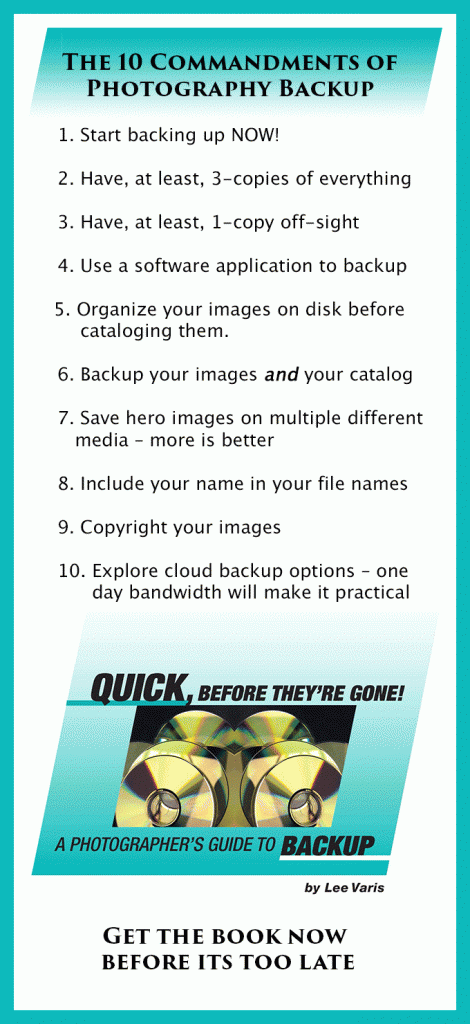My favorite white balance tool is by far the SpyderCube from DataColor. This little tool is always in my camera bag, and I find it invaluable on set, not only as a simple white balance reference, but as a lighting ratio reference, as well as a black point reference. DataColor has envisioned this tool as a complete post processing control reference and has a set of instructions for its use on the SpyderBlog , but I don’t follow all their suggestions in my own workflow – I will explain how I use the SpyderCube in the following…
Process the adjusted SpyderCube shot into Photoshop…
